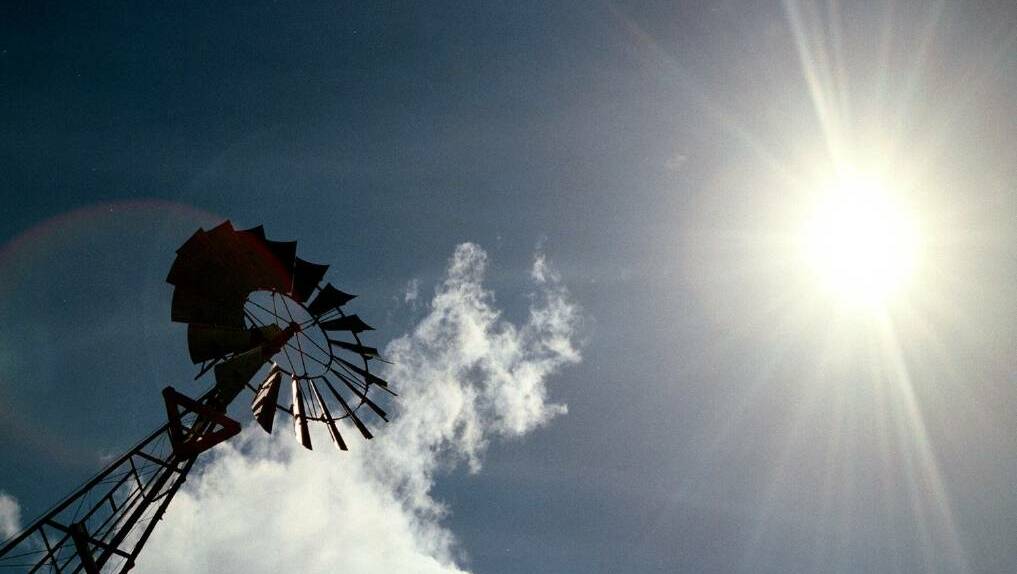
IT was an exceptionally dry October, with November looking to deliver a hot and dry finish to spring.
The end of October also signalled the end of the rainfall season.
This season was the seventh driest on record, since records began in 1910.
In its monthly report, the Bureau of Meteorology (BoM) said it was the driest October on record since 1946, only recording an area average rainfall total of 1.9 millimetres which is 83.5 per cent lower than the 1961-1990 average.
It was also the third warmest October since 1910, at 3.12 degrees Celsius above average.
Maximum temperatures were above average across almost all of the State, with areas to the west being warmest on record for October.
The area-averaged minimum temperature also exceeded records, and was 1.02°C above the 1961-1990 average.
Minimum temperatures were above average across most of the State apart from the Kimberley region, which was unusually cool and recorded temperatures which were well below average.
Fifteen sites recorded their hottest October temperature yet.
On October 17, Merredin recorded their hottest day yet, 39.5°C beating 39.3 in 2013.
Jacup recorded 37.4°C on the same day, 1°C higher than the previous record in 2009.
Katanning exceeded its 2015 temperature record of 36°C by 0.9°C on October 17.
Most of these records were exceeded between October 15-17 when a deep trough crossed WA and generated temperatures of more than 12°C above the October average over the west coast and southern parts.
BoM is expecting this summer to exceed average maximum and minimum temperatures across all parts of WA.
For November, above median maximum temperatures are very likely (greater than 80 per cent chance) for most of northern and western Australia.
For November to January, most of Australia is at least two and a half times more likely to experience unusually high maximum temperatures, with chances increasing to more than four times as likely for central and western WA.
Looking out to November, above median minimum temperatures are likely to very likely for most of WA.
November to January minimum temperatures are also likely to very likely to be above median for most of Australia.
A spokesperson for BoM said it was normal for WA's South West Land Division to be hot and dry for the end of spring and summer period due to troughs bringing more easterly winds, however this year, the effects of El Nino are pushing these temperatures higher than usual.
They said it is uncommon to receive much rainfall for the month of December, but El Nino is again driving the chance of any rainfall, down to less than 40pc.

